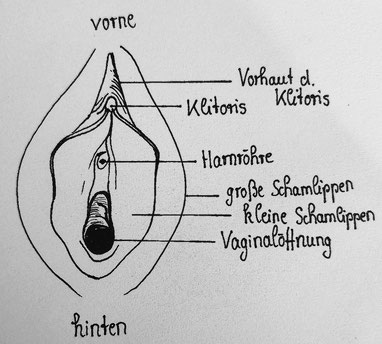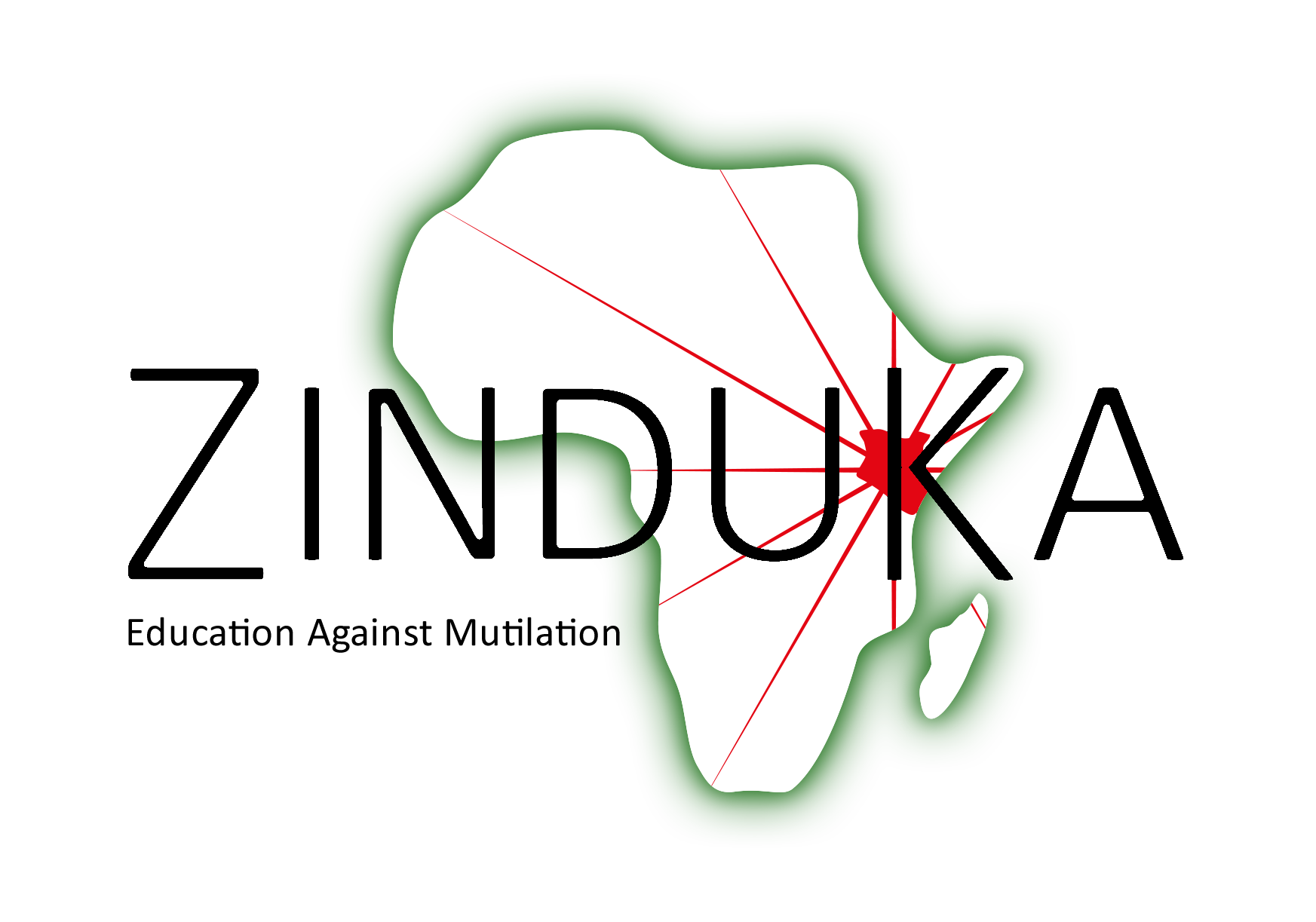About FGM
Female Genital Mutilation (FGM) in Kenya
Since 2011, FGM is forbidden by law in Kenya. However, it is still practiced throughout the country as a traditional ceremony. Each region or tribe have their own reasons for practicing FGM. All of the reasons are for money or social status. None of the reasons are benefitting the girls or women in health or any other positive physical way.
In Kuria, where most of our projects take place, the reasons are among others:
- Growing Up
It is said that through the cut, girls become women and gain recognition. - Proving Courage
A girl who gets cut and does not scream or cry is considered brave and strong. - Member of the community
Only after undergoing the cut, a woman is allowed to participate in cultural traditions. - Symbol of “purity”
It is said that the mutilation guarantees the husband virginity and “purity”. - Marriage
Most men only accept “pure” women. - Bride price
The bride price for the girl´s parents is higher, if she is circumcised. Poor families especially depend on it. - Celebration and gifts
Along with the cut, there comes a big celebration and lots of presents. The money, gifts and recognition are an attraction for girls and families from poor backgrounds.
Forms of FGM
There are four different types of FGM. Depending on the tradition of the region or tribe, a distinction is made between the following forms:

The four major types of FGM, and their subtypes, according to WHO are:
Type I. Partial or total removal of the clitoral glans (the external and visible part of the clitoris, which is a sensitive part of the female genitals, with the function of providing sexual pleasure to the woman), and/or the prepuce/clitoral hood (the fold of skin surrounding the clitoral glans). When it is important to distinguish between the major variations of Type I FGM, the following subdivisions are used:
- Type Ia. Removal of the prepuce/clitoral hood only.
- Type Ib. Removal of the clitoral glans with the prepuce/clitoral hood.
Type II. Partial or total removal of the clitoral glans and the labia minora (the inner folds of the vulva), with or without removal of the labia majora (the outer folds of skin of the vulva). When it is important to distinguish between the major variations of Type II FGM, the following subdivisions are used:
- Type IIa. Removal of the labia minora only.
- Type IIb. Partial or total removal of the clitoral glans and the labia minora (prepuce/clitoral hood may be affected).
- Type IIc. Partial or total removal of the clitoral glans, the labia minora and the labia majora (prepuce/clitoral hood may be affected).
Type III. (Often referred to as infibulation). Narrowing of the vaginal opening with the creation of a covering seal. The seal is formed by cutting and repositioning the labia minora, or labia majora. The covering of the vaginal opening is done with or without removal of the clitoral prepuce/clitoral hood and glans (Type I FGM). When it is important to distinguish between variations of Type III FGM, the following subdivisions are used:
- Type IIIa. Removal and repositioning of the labia minora.
- Type IIIb. Removal and repositioning of the labia majora.
Type IV. All other harmful procedures to the female genitalia for non-medical purposes, for example pricking, piercing, incising, scraping and cauterization.
Deinfibulation refers to the practice of cutting open the sealed vaginal opening of a woman who has been infibulated (Type III). This is often done to allow sexual intercourse or to facilitate childbirth, and is often necessary for improving the woman’s health and well-being.
Consequences Of FGM
While there are no positive effects of FGM, it can cause a number of severe health damages, risks and consequences for the cut women. We have listed only a few of them here:
- Psychological Trauma
FGM is usually practiced without any anesthesia, while the women are often held down and forced against their will to undergo the cut. - Life-Threatening Infections (e.g. HIV)
The cut is carried out with unwashed razor blades or broken glass, somewhere in a field. Due to the unhygienic conditions, women get infected with various diseases. - Death
It is not uncommon for the girls to die as a result of bleeding. - Complications during childbirth
Depending on the type of FGM, there are deep scarring and missing parts of the vagina, which can lead to severe complications during childbirth. - Loss of an organ
After Removal, Sexual Arousal Is No Longer Possible For Women, And They May Also Experience Extreme Pain During Sexual Intercourse. - Urinary tract infections, incontinence
Due To Severe Injuries, The Entire Urogenital Area Can Also Suffer Serious Consequences.
Female Genital Mutilation (FGM) in Germany
The German government has outlawed the practice of FGM:
Since September 2013, female genital mutilation has been classified as a separate criminal offence under Section 226 a of the Criminal Code (StGB) and can be punished with a prison sentence of six months to five years.
Germany further developed a letter of protection that exists in several languages of countries performing FGM. it clearly states that FGM is illegal, also when you leave the country to perform it abroad.
Nevertheless, due to high immigration to Germany, FGM has risen. Terre des femme estimates:
As in previous years, the numbers of girls and women affected by and at risk of FGM are increasing enormously. An estimated 103,947 affected girls and women currently live in Germany, and up to 17,271 girls are potentially at risk in Germany.
What can you do?
- You can distribute the letter of protection and explain the effects and law penalties of FGM to people who might need to know about it.
- You can also support our projects financially here and support us to end FGM in Kenya!
